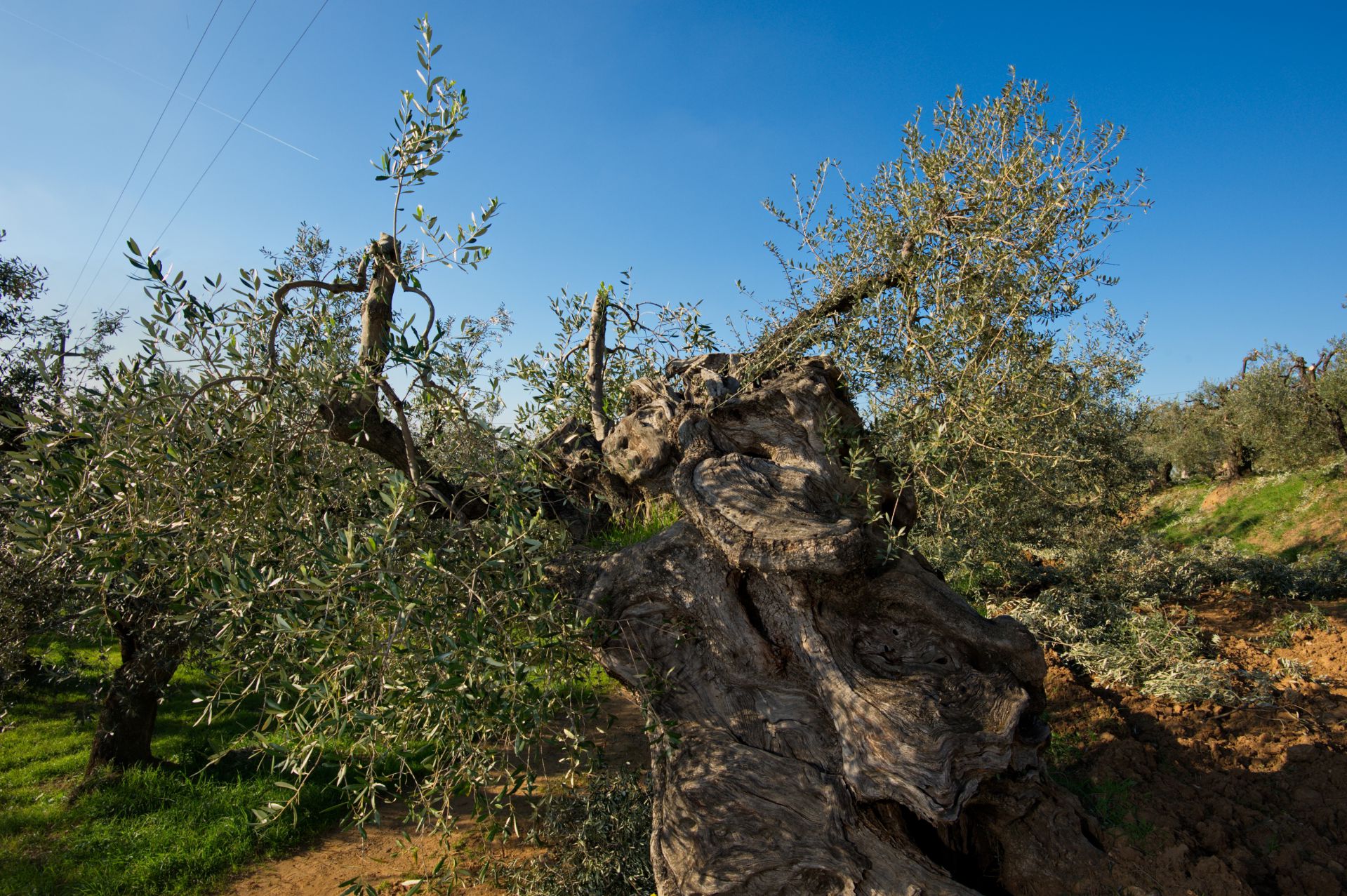

TRD disease occurrence and yield loss associated. Taproot decline (TRD) of soybean is an emerging disease caused by Xylaria necrophora. Limited information exists on plant–microbe interactions occurring during natural outbreaks in agricultural fields. fastidiosa strains and geographical coordinates have been updated or modified to increase the accuracy and consistency of the database. Invading pathogens interact with plant-associated microbial communities, which can be altered under the pressure of pathogen infection.
#XYLELLA CYTOSCAPE UPDATE#
The update was completed following a comprehensive search of the latest scientific literature and notifications to the EU’s plant health interception service Europhyt as well results from EFSA’s own horizon-scanning activities.
#XYLELLA CYTOSCAPE FULL#
fastidiosa.The list now comprises 595 plant species for 343 of the species, infection has been identified by at least two detection methods under natural or experimental conditions. Xylella fastidiosa has the potential of causing in the EU, an annual production loss of 5.5 billion euros, affecting 70 of the EU production value of older olive trees (over 30 years old), and 35 value of younger ones 11 of citrus 13 of almond and between 1-2 of grape production in a scenario of full spread across the entire EU. The newly identified hosts are included in the latest update of EFSA’s database of plants that act as hosts for X. The new hosts include common ornamental, wild and commercial plants such as fleabane ( Erigeron sp.), Helichrysum stoechas, pistachio( Pistacia vera),andpersimmon( Diospyros kaki). Curtobacterium flaccuumfaciens reduces symptoms caused by Xylella fastidiosa in. Reverse transcription quantitative real-time PCR (RT-qPCR) Total RNA extracted from 16HBE cells was reverse transcribed into cDNA using the PrimeScript RT reagent Kit (Takara Bio, Kusatsu, Japan), while qPCR was carried out.
#XYLELLA CYTOSCAPE SOFTWARE#
Most were naturally (not artificially) infected and were found both in EU countries (France, Italy, Portugal and Spain) and non-EU countries (USA and Iran). were visualized using Cytoscape v3.2.0 using an edge-weighted spring. The list of significant GO terms was used for the construction of the network using Cytoscape software (Version 3.7.2) 47. The network for intersection genes was constructed by the cytoscape v3.0. Journal of Structural and Functional Genomics Springer Journals Thirty-seven new plant species have been identified as hosts of the Xylella fastidiosa pathogen. Gene expression profile of the plant pathogen Xylella fastidiosa during biofilm. (ESI-EST) and visualized with Cytoscape 20-24, with an alignment score of 200.

and PPPI network design was obtained using the Cytoscape software. We present case studies of proteins related to uronate isomerase (an amidohydrolase superfamily member) and mandelate racemase (an enolase superfamily member), to illustrate how this structure-focused approach can be used to generate hypotheses about sequence–structure–function relationships. The role of auxin in the citrus defense to early infection by Xylella fastidiosa. To date, 20 unique amidohydrolase and 41 unique enolase structures have been determined, increasing the fraction of sequences in the two superfamilies that can be modeled based on at least 30% sequence identity from 45% to 73%. Using sequence- and structure-based protein comparisons, we first selected 535 target proteins from a variety of genomes for high-throughput structure determination by X-ray crystallography 63 of these targets were not previously annotated as superfamily members. Here, we describe a collaboration between the Enzyme Specificity Consortium (ENSPEC) and the New York SGX Research Center for Structural Genomics (NYSGXRC) that aims to maximize the structural coverage of the amidohydrolase and enolase superfamilies. To study the substrate specificity of enzymes, we use the amidohydrolase and enolase superfamilies as model systems members of these superfamilies share a common TIM barrel fold and catalyze a wide range of chemical reactions.

Bonanno, Jeffrey Swaminathan, Subramanyam Burley, Stephen Zheng, Xiaojing Chance, Mark Almo, Steven Gerlt, John Raushel, Frank Jacobson, Matthew Babbitt, Patricia Sali, Andrej Pieper, Ursula Chiang, Ranyee Seffernick, Jennifer Brown, Shoshana Glasner, Margaret Kelly, Libusha Eswar, Narayanan Sauder, J.

Target selection and annotation for the structural genomics of the amidohydrolase and enolase superfamilies Target selection and annotation for the structural genomics of the amidohydrolase and enolase.


 0 kommentar(er)
0 kommentar(er)
